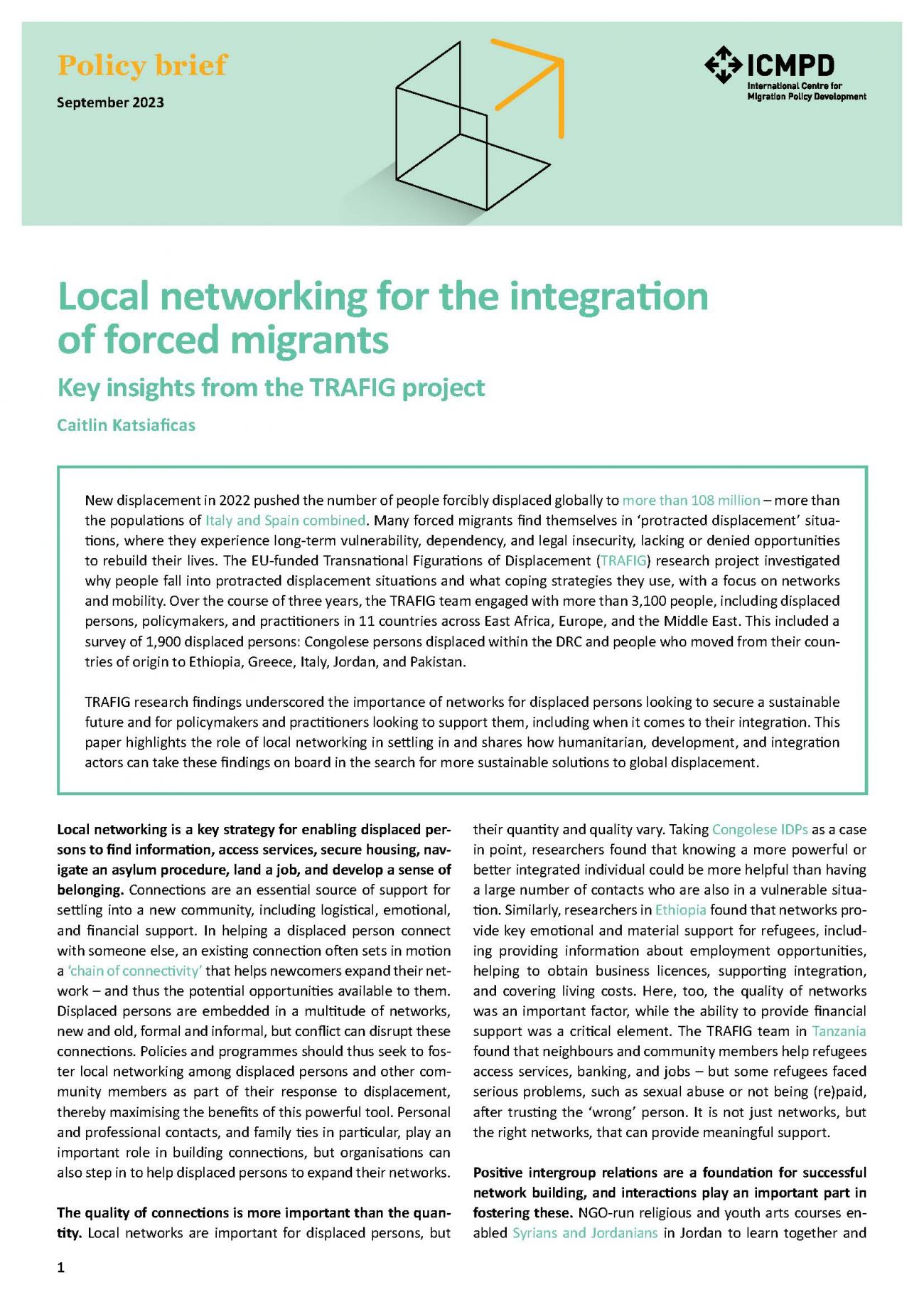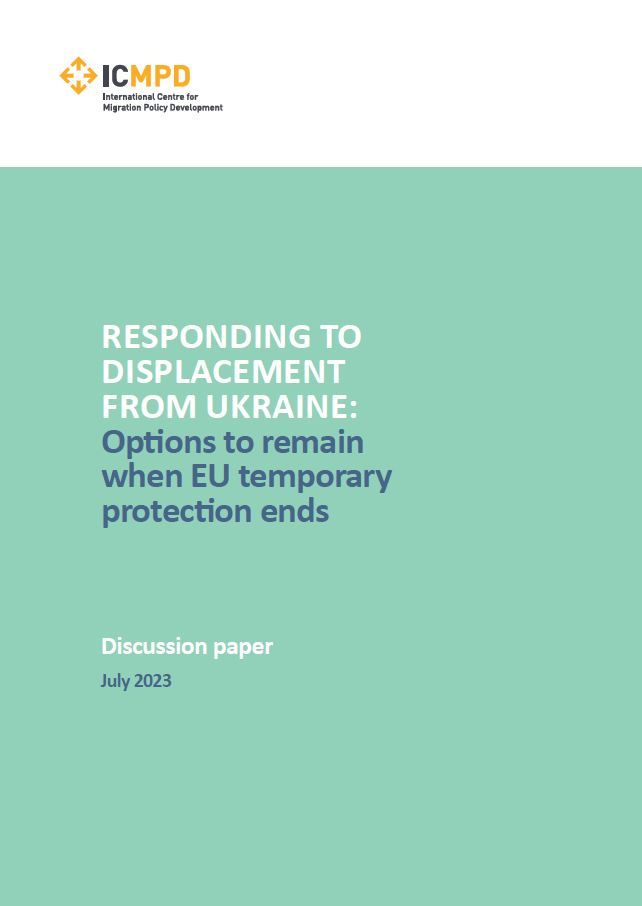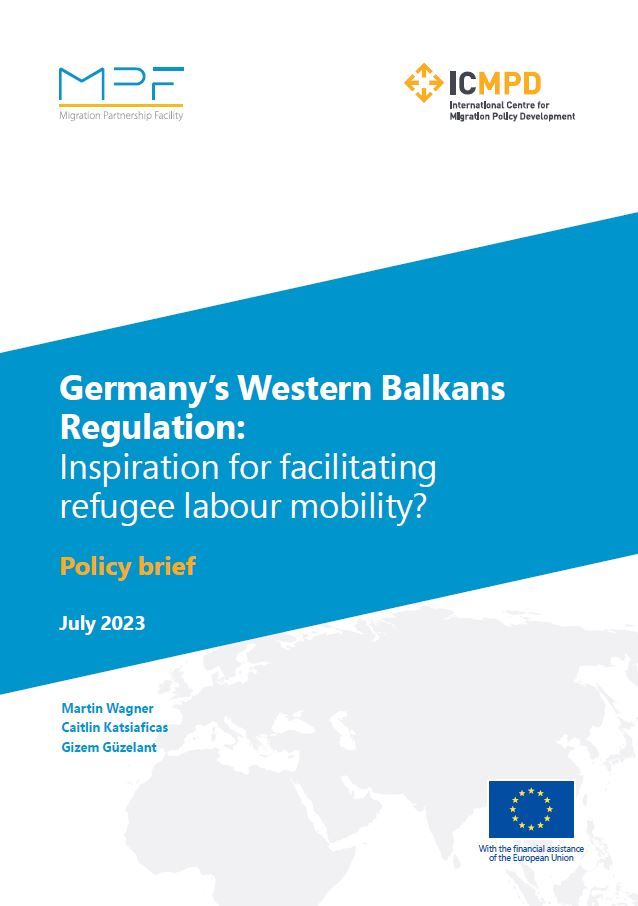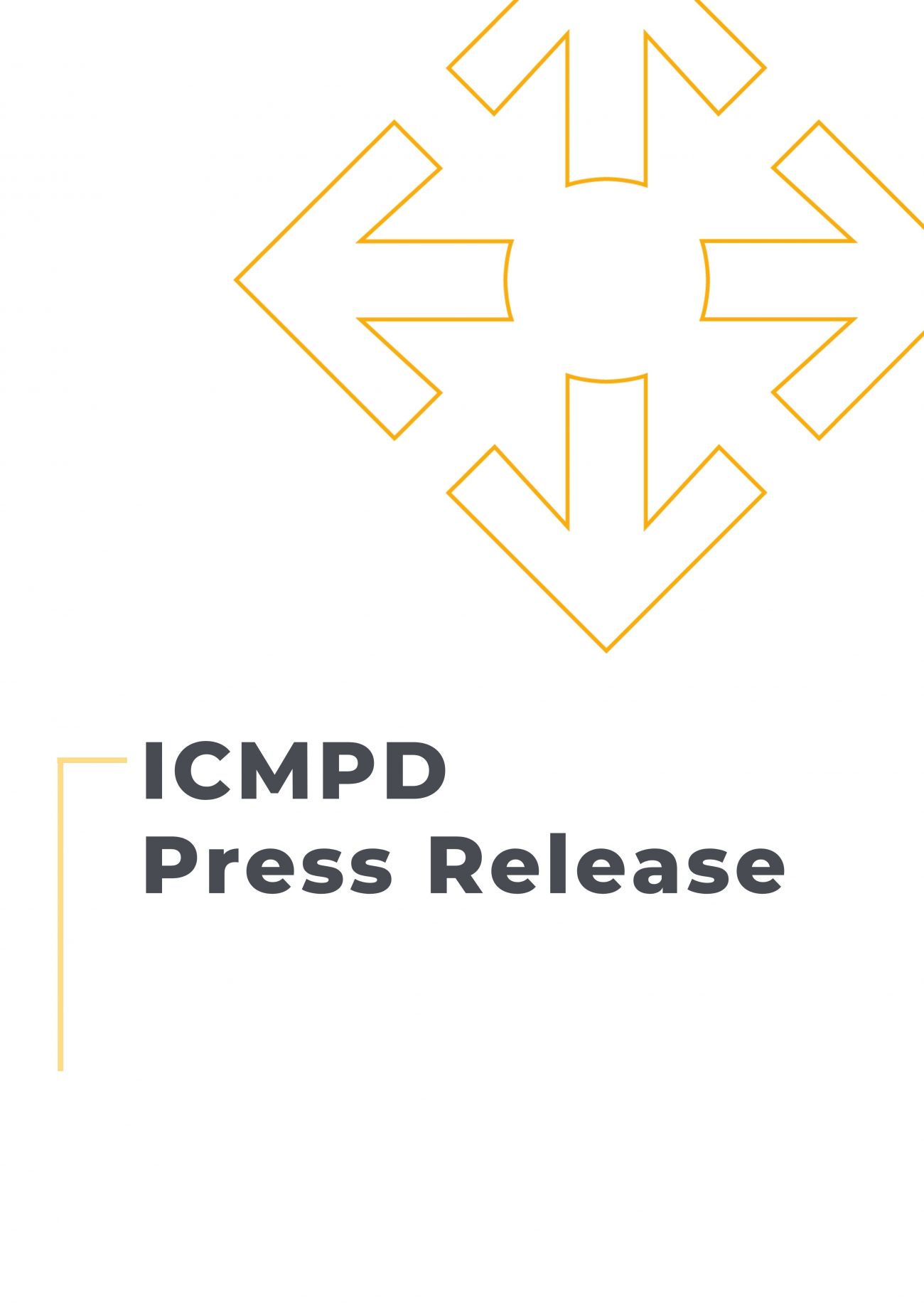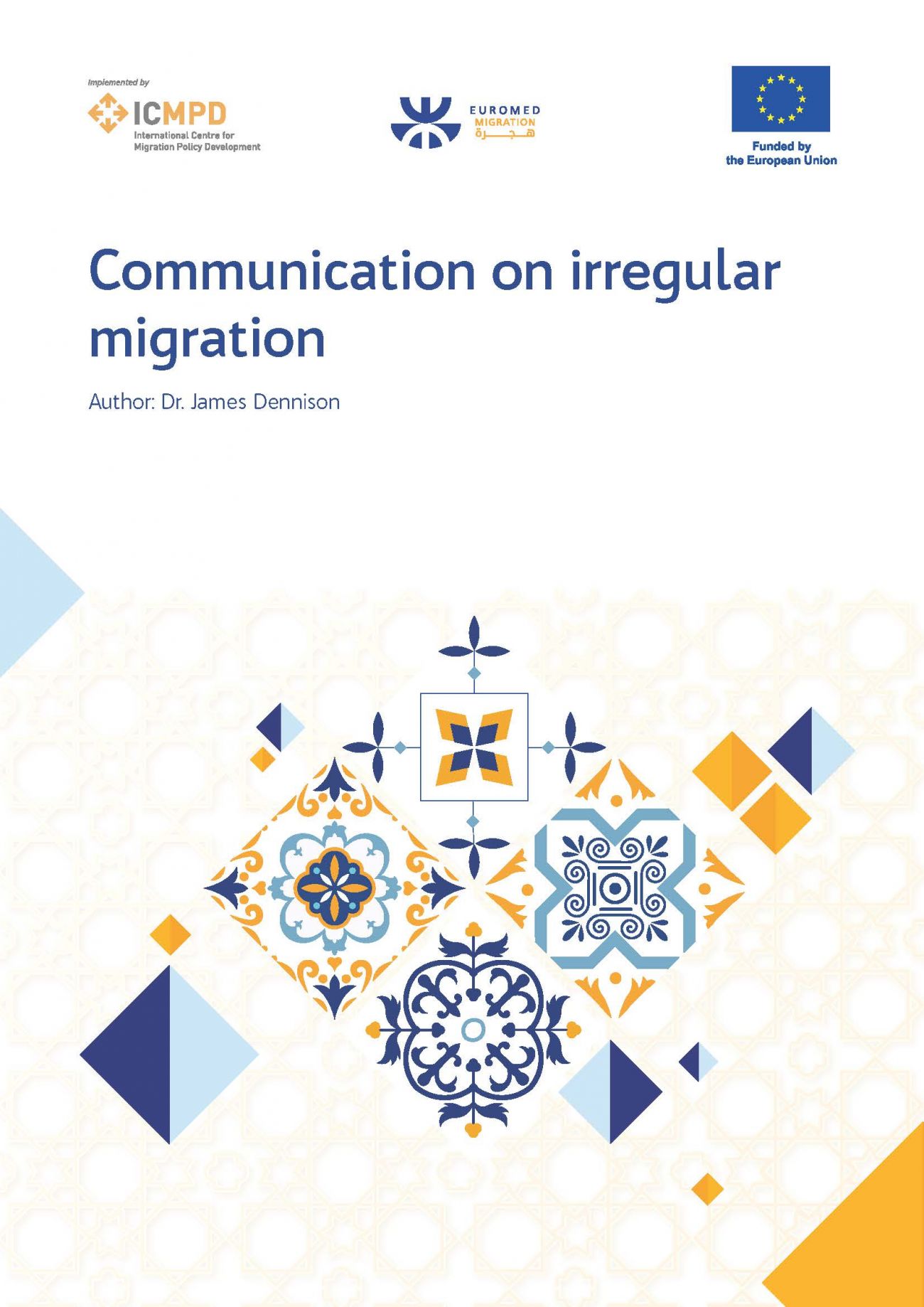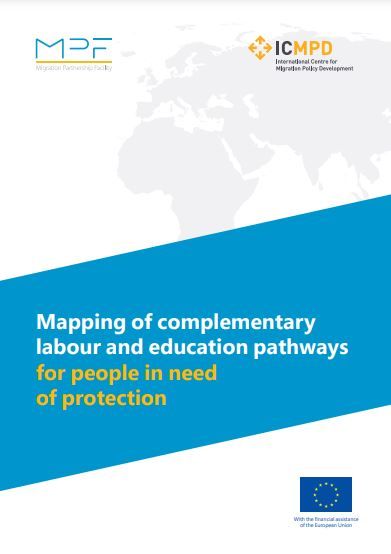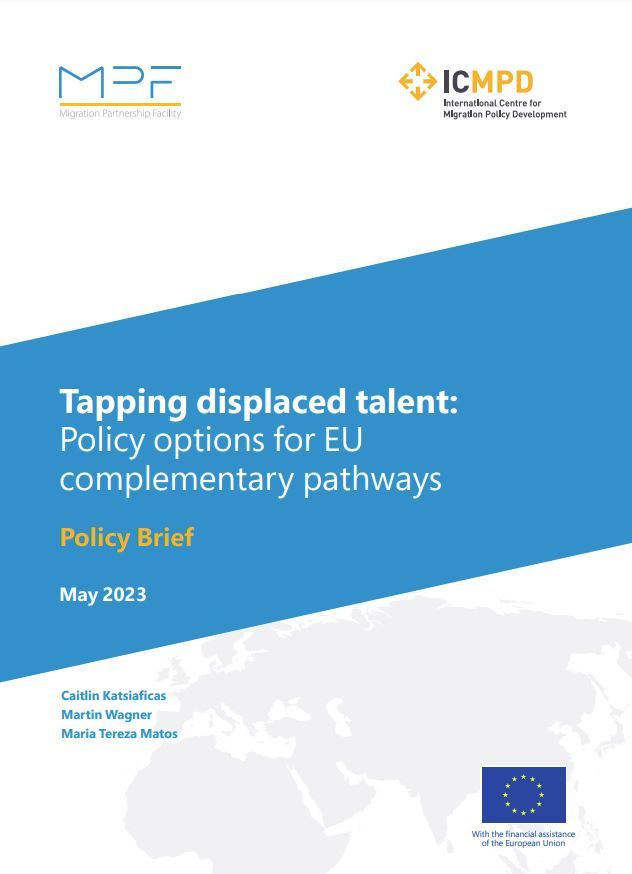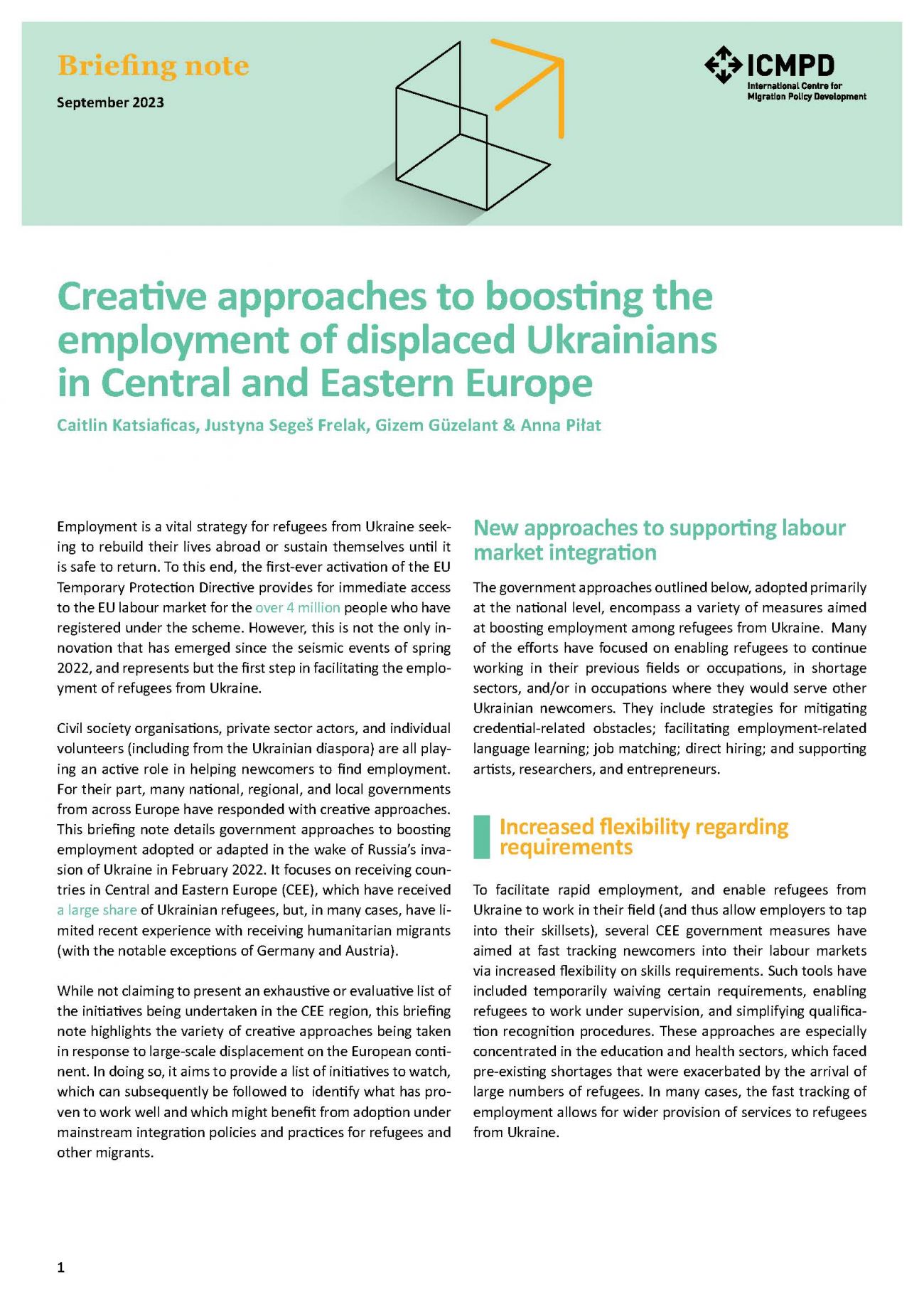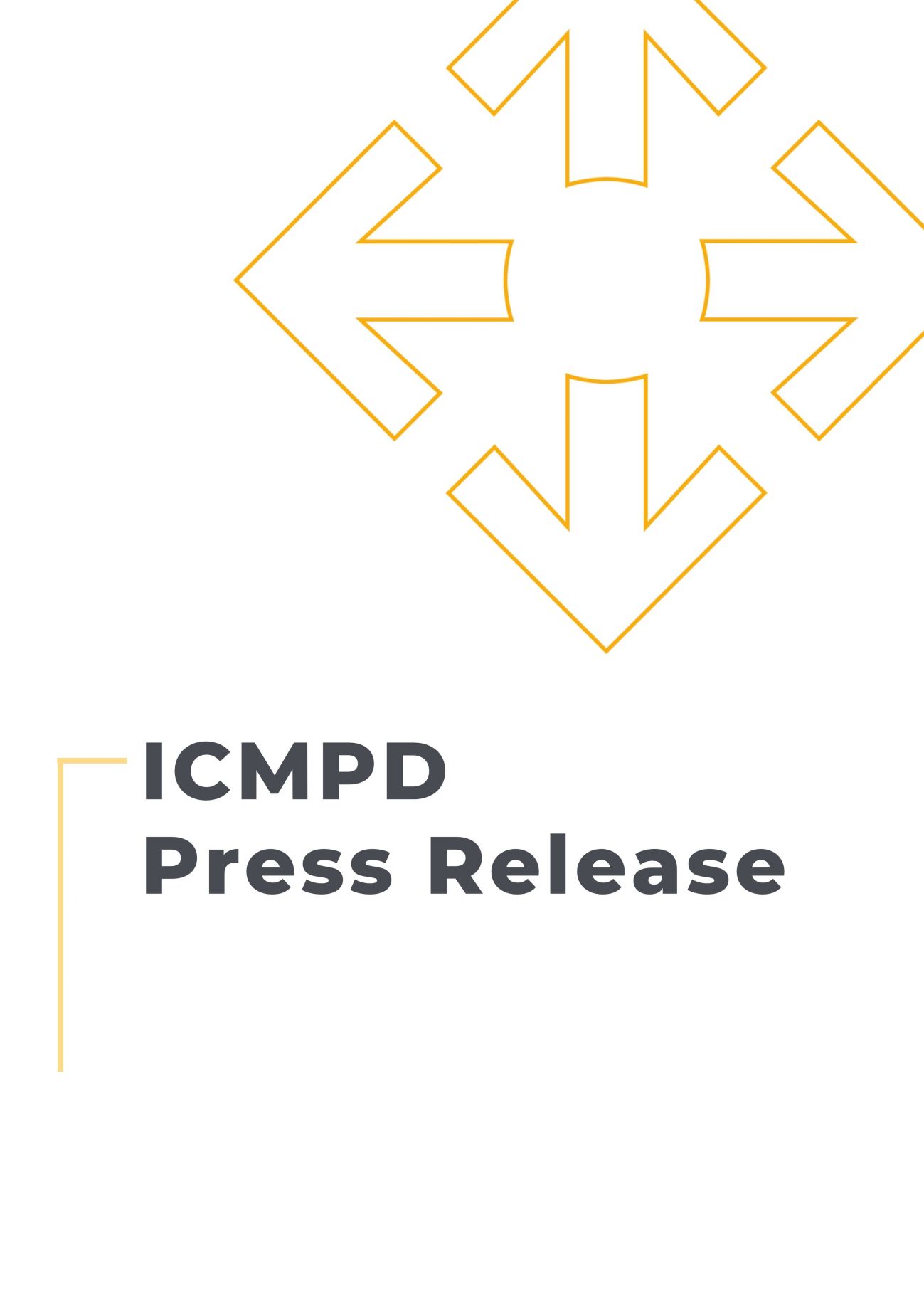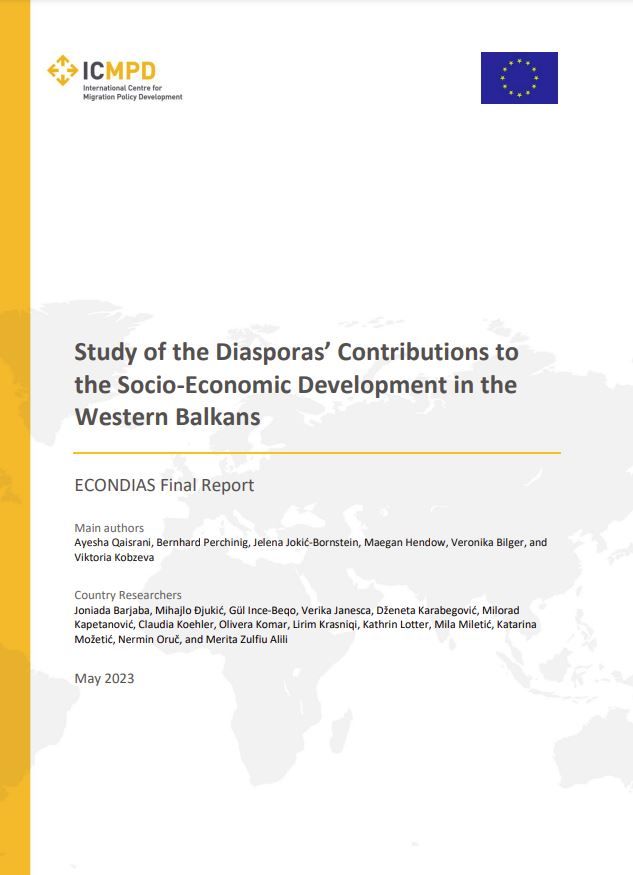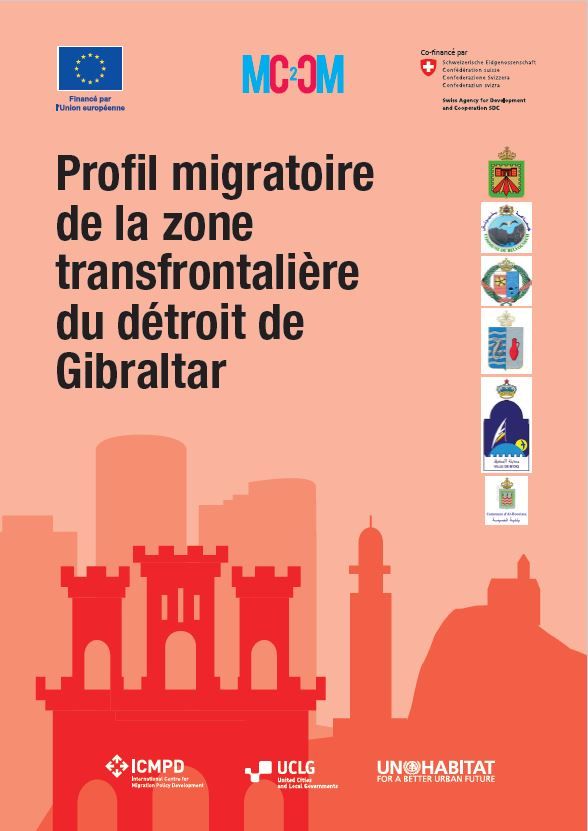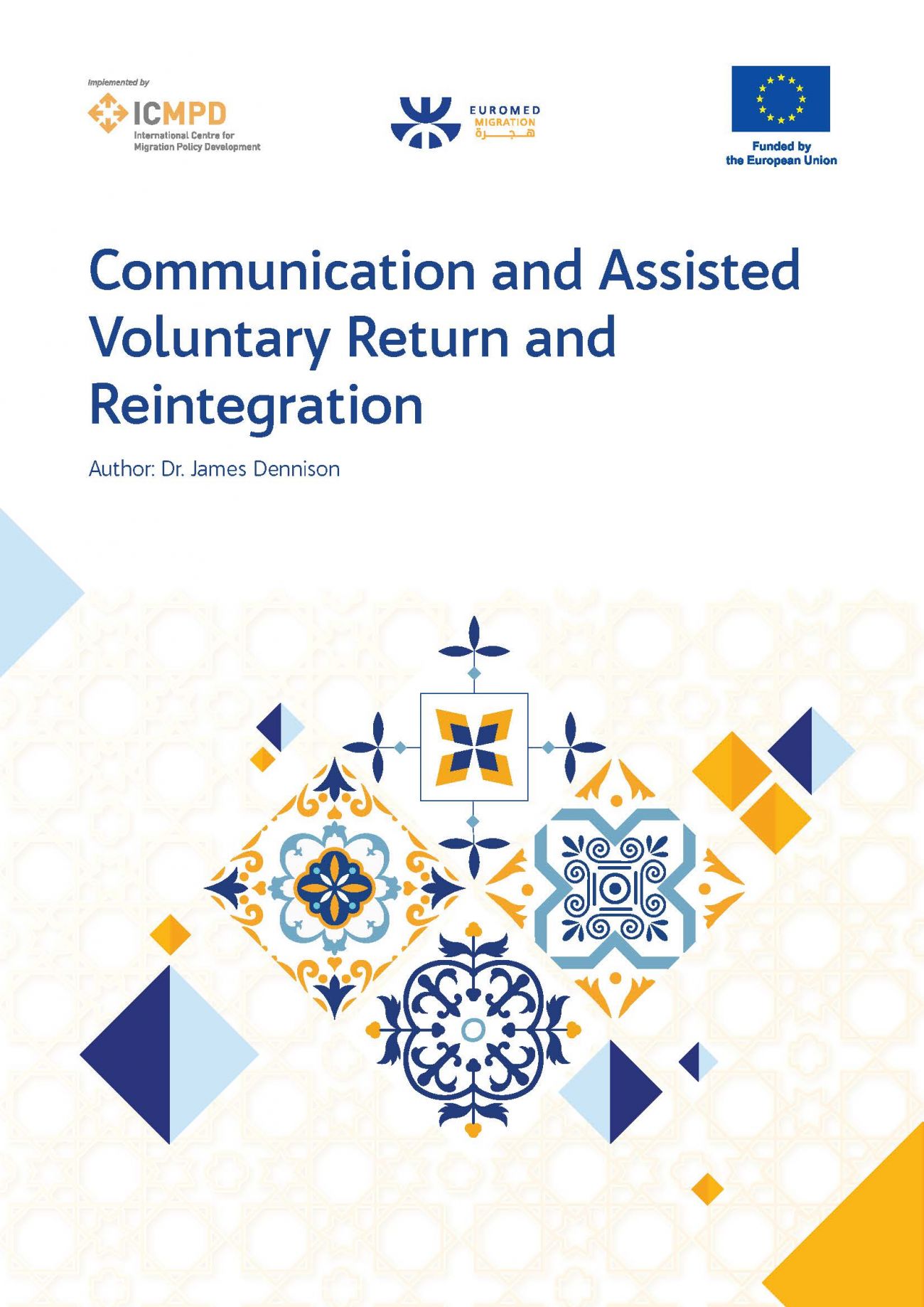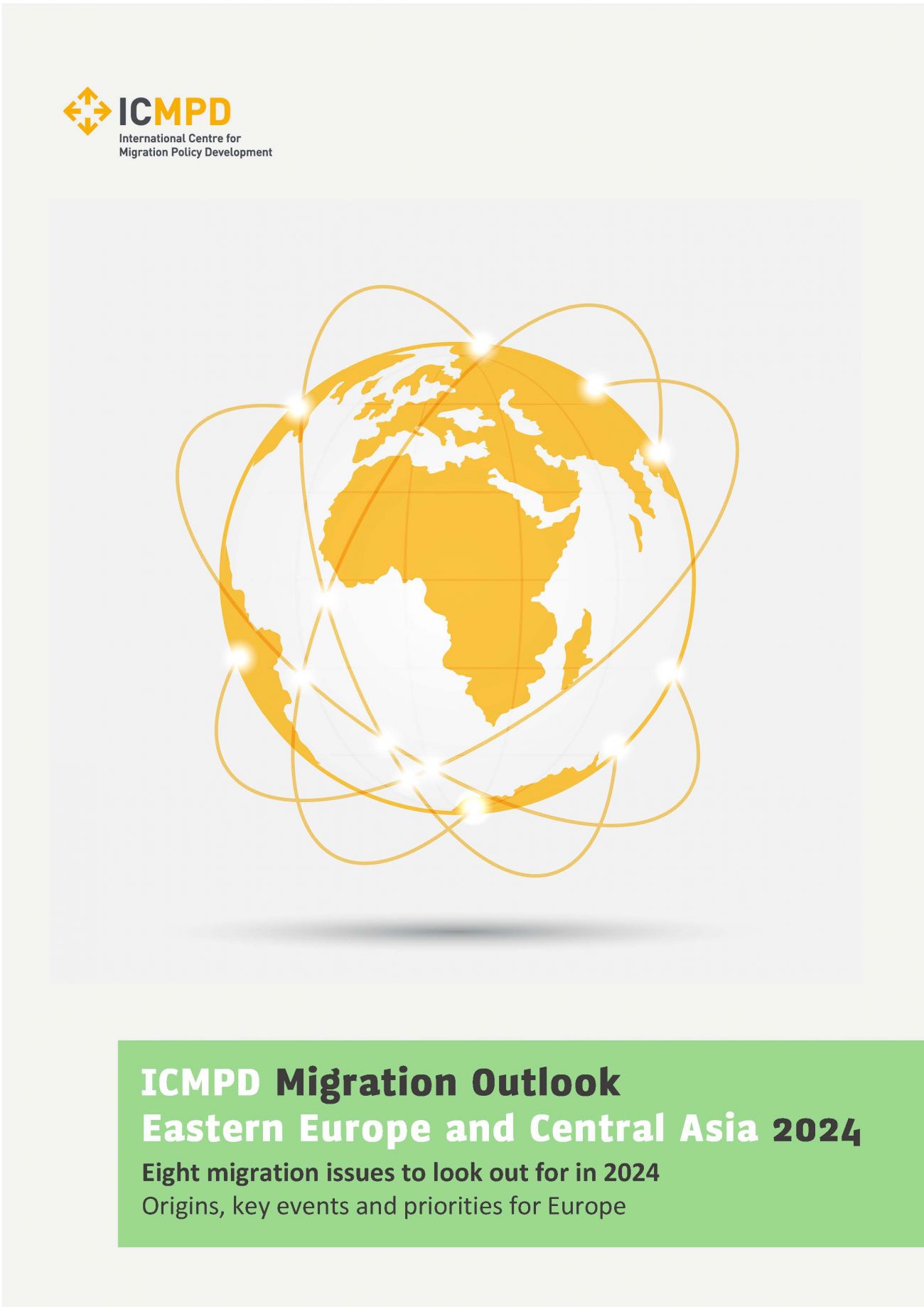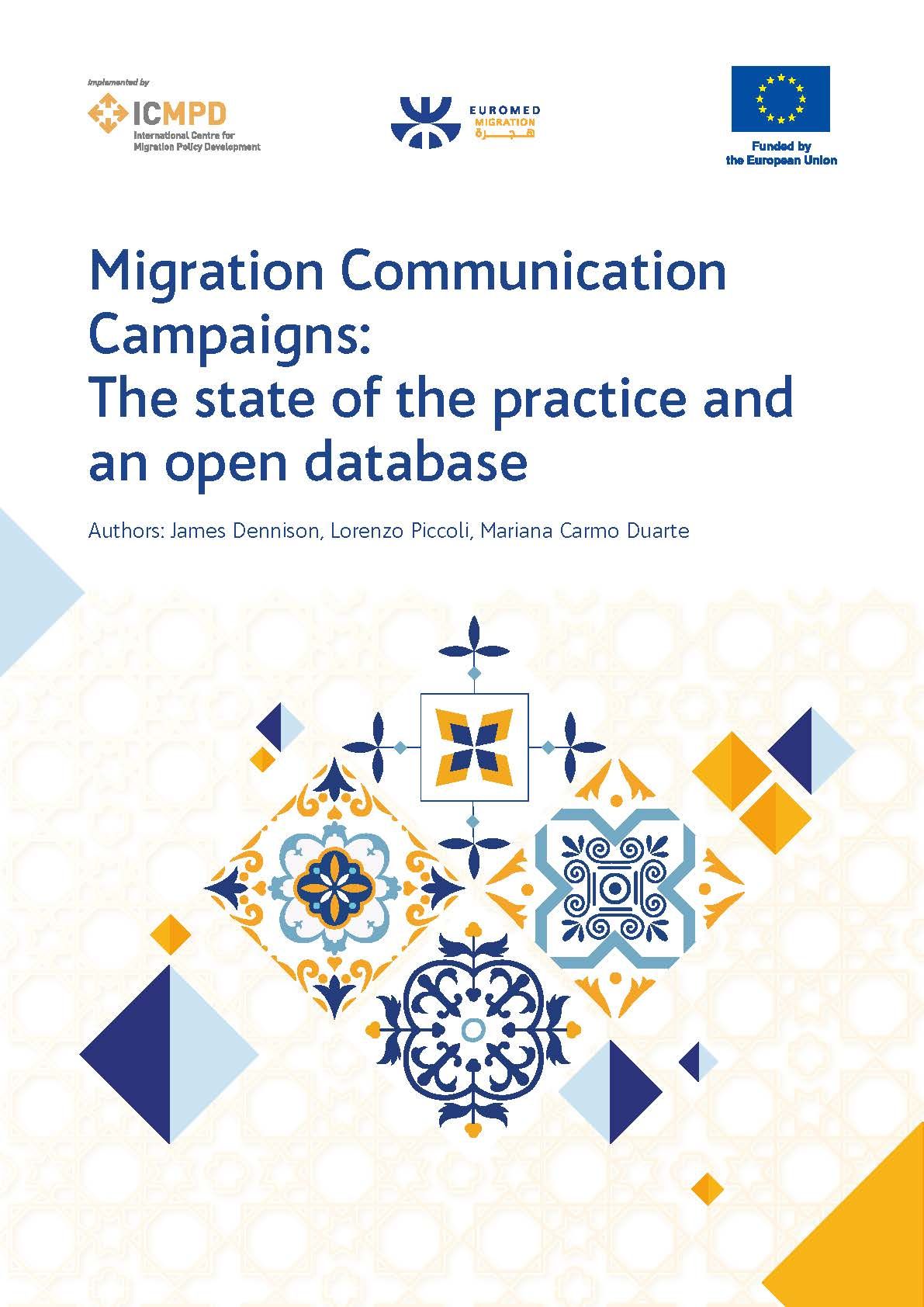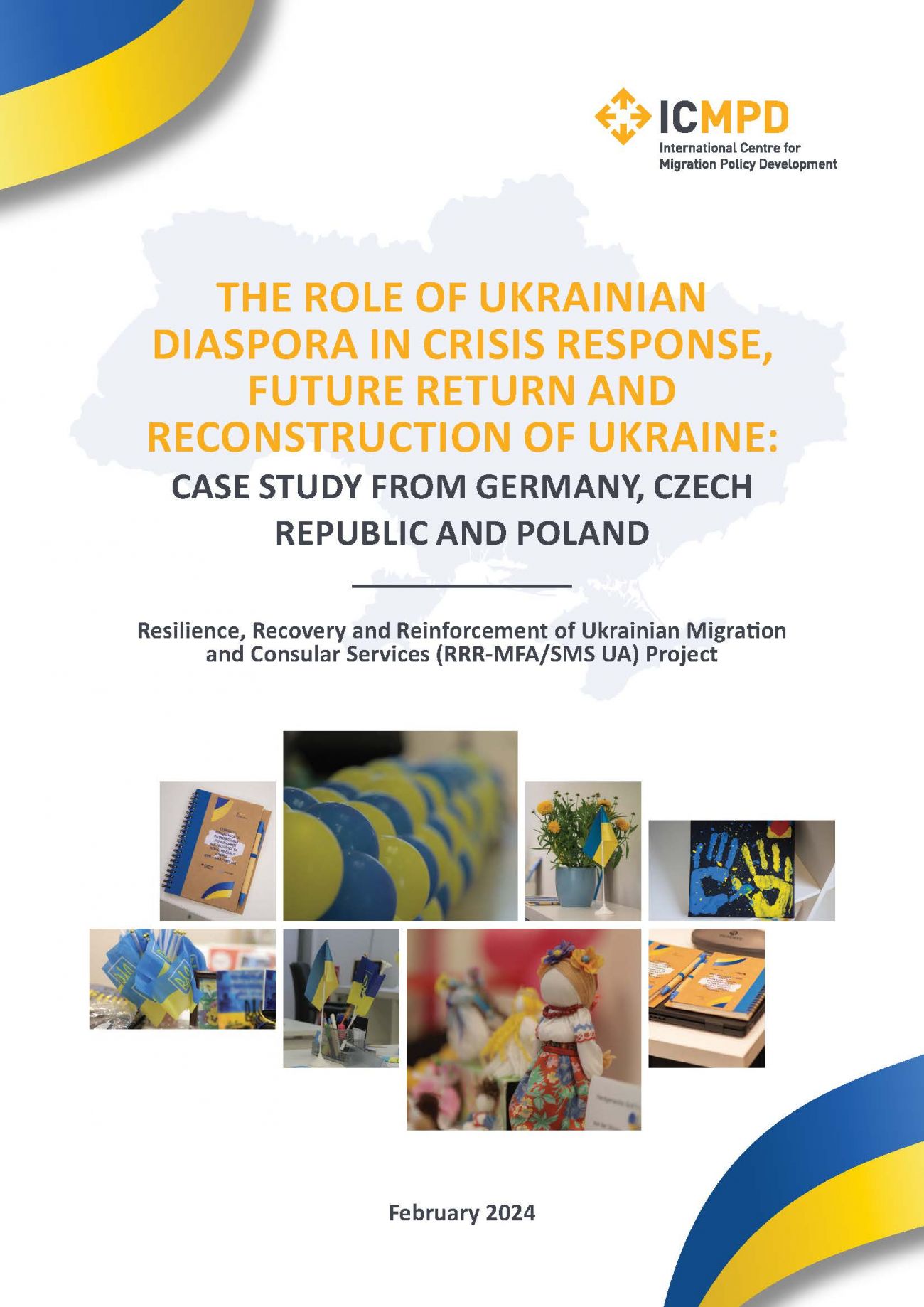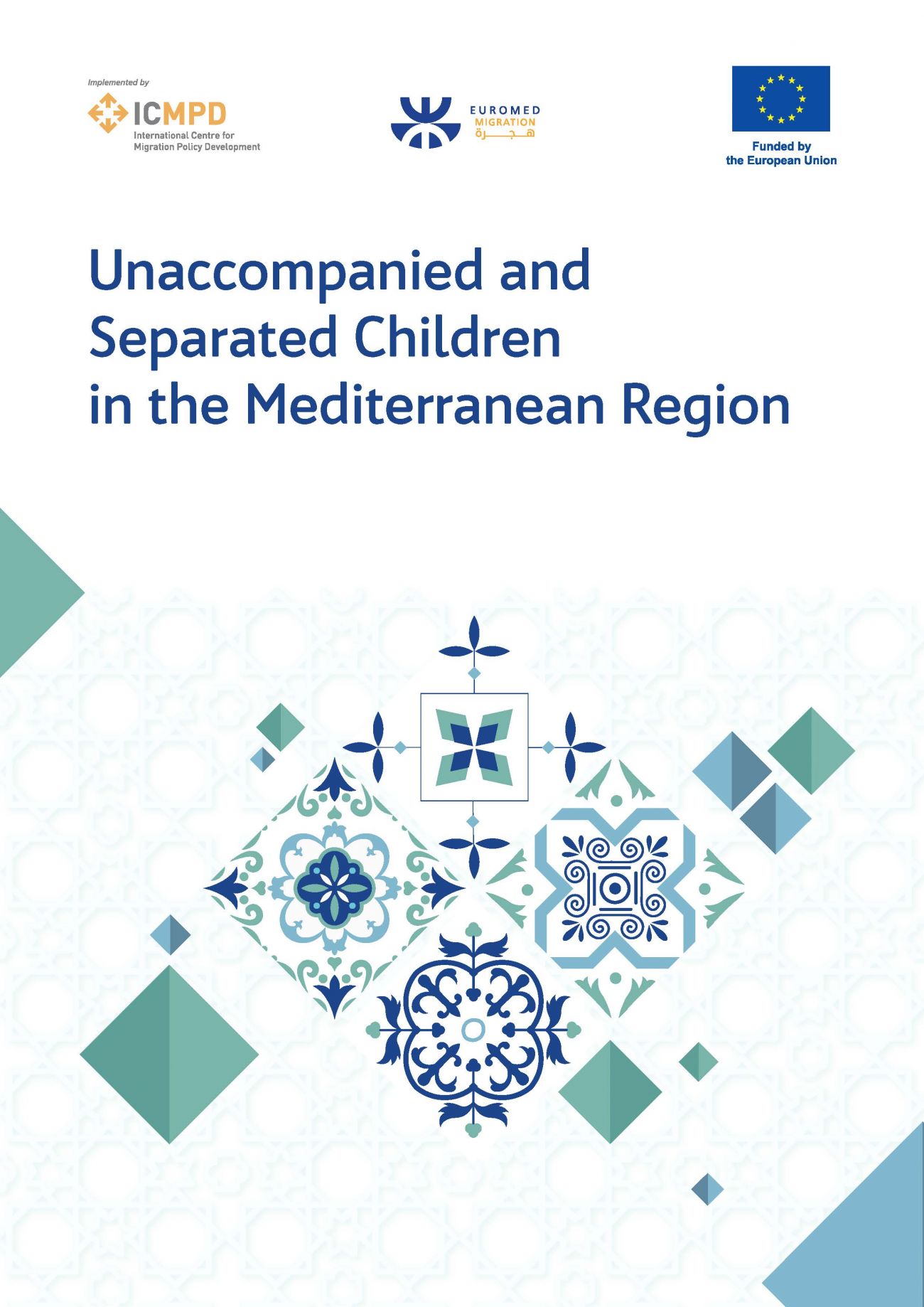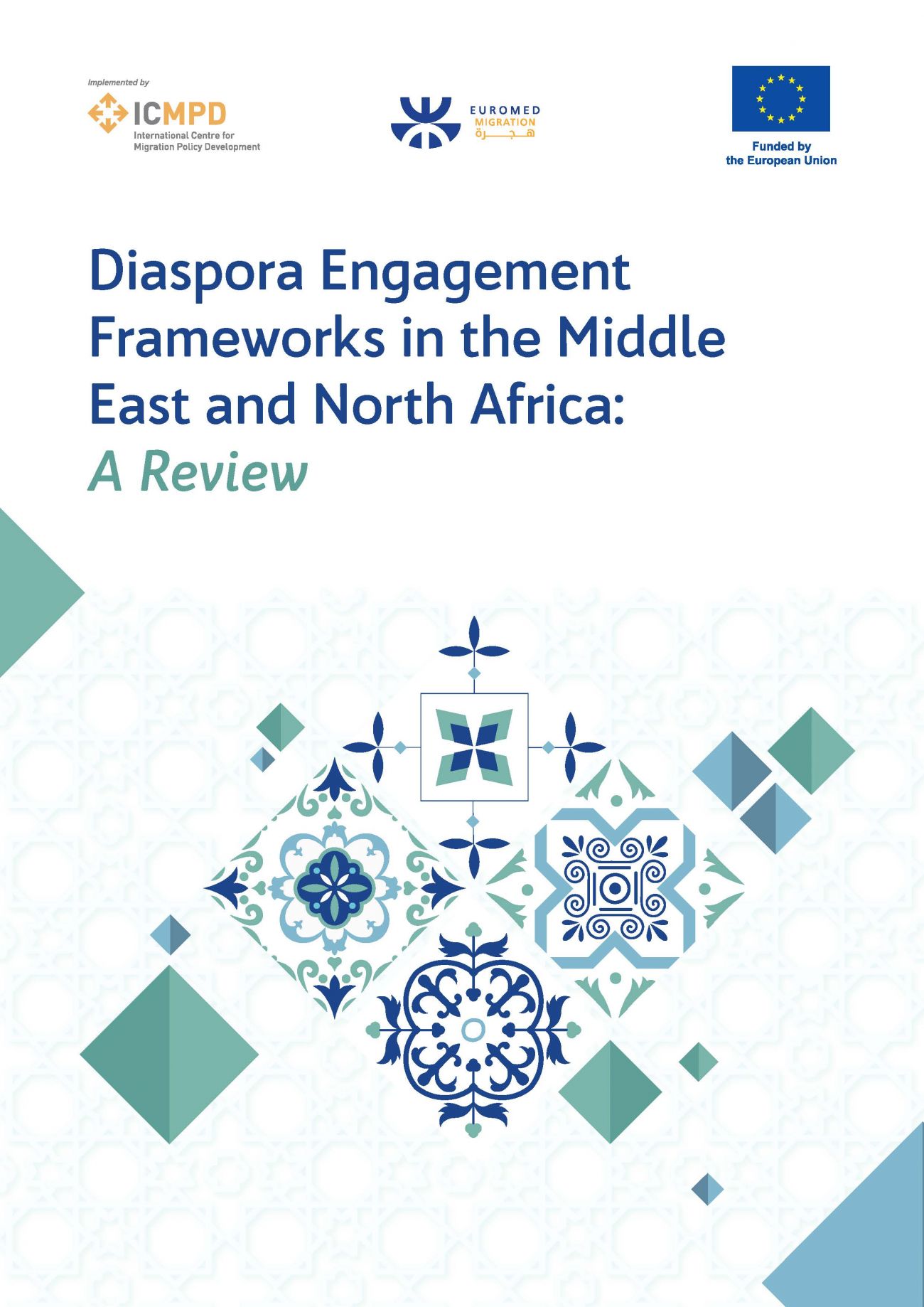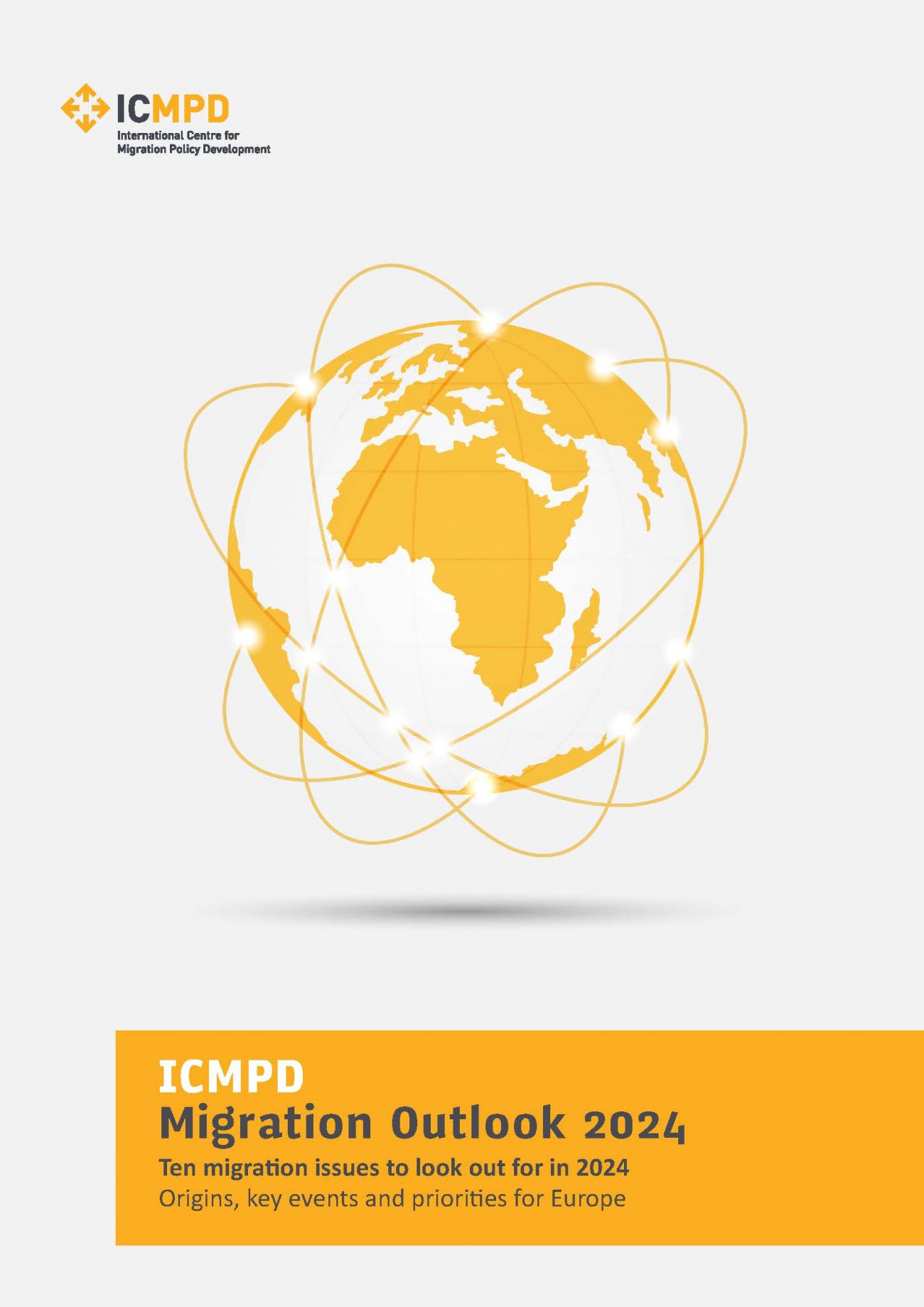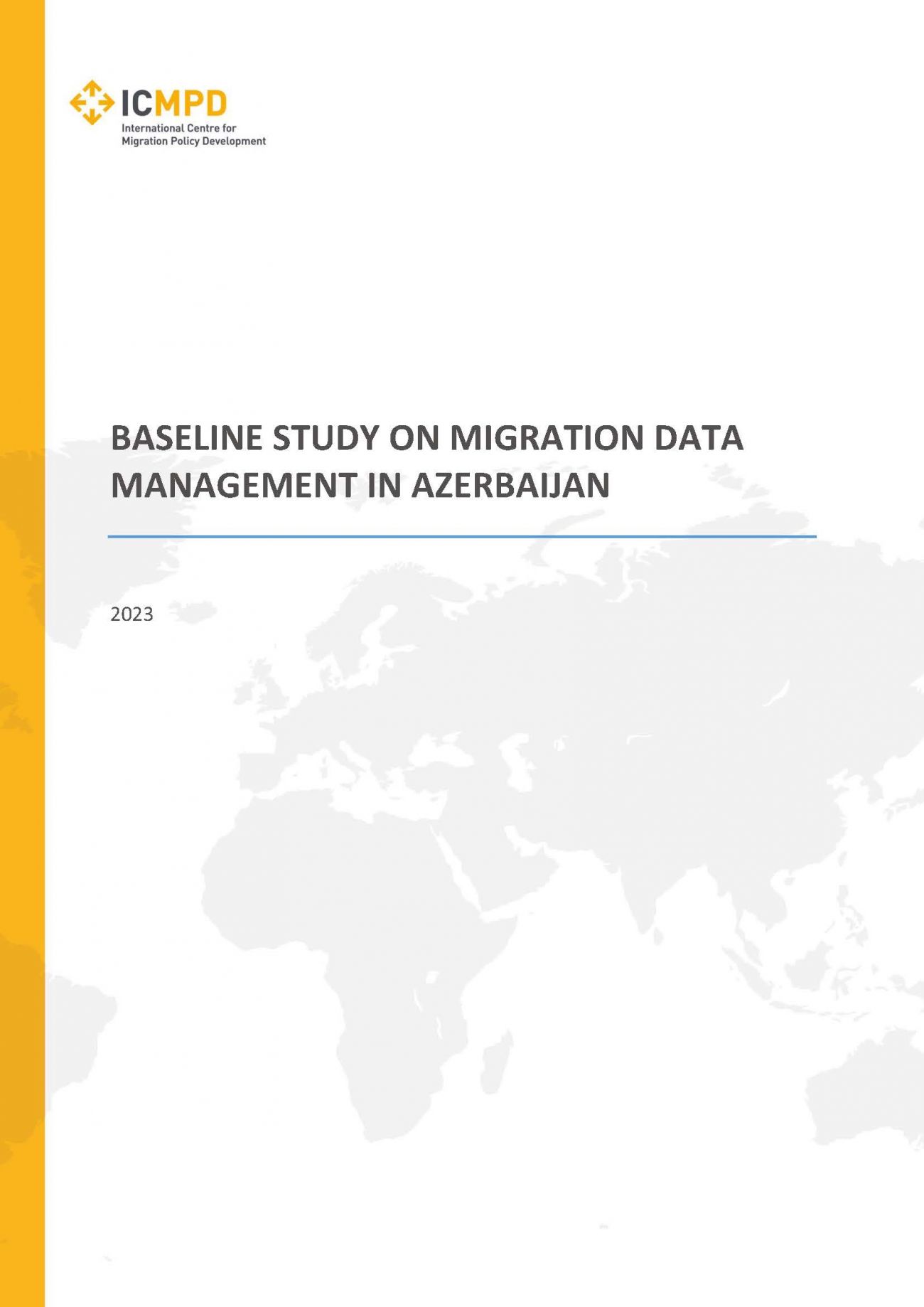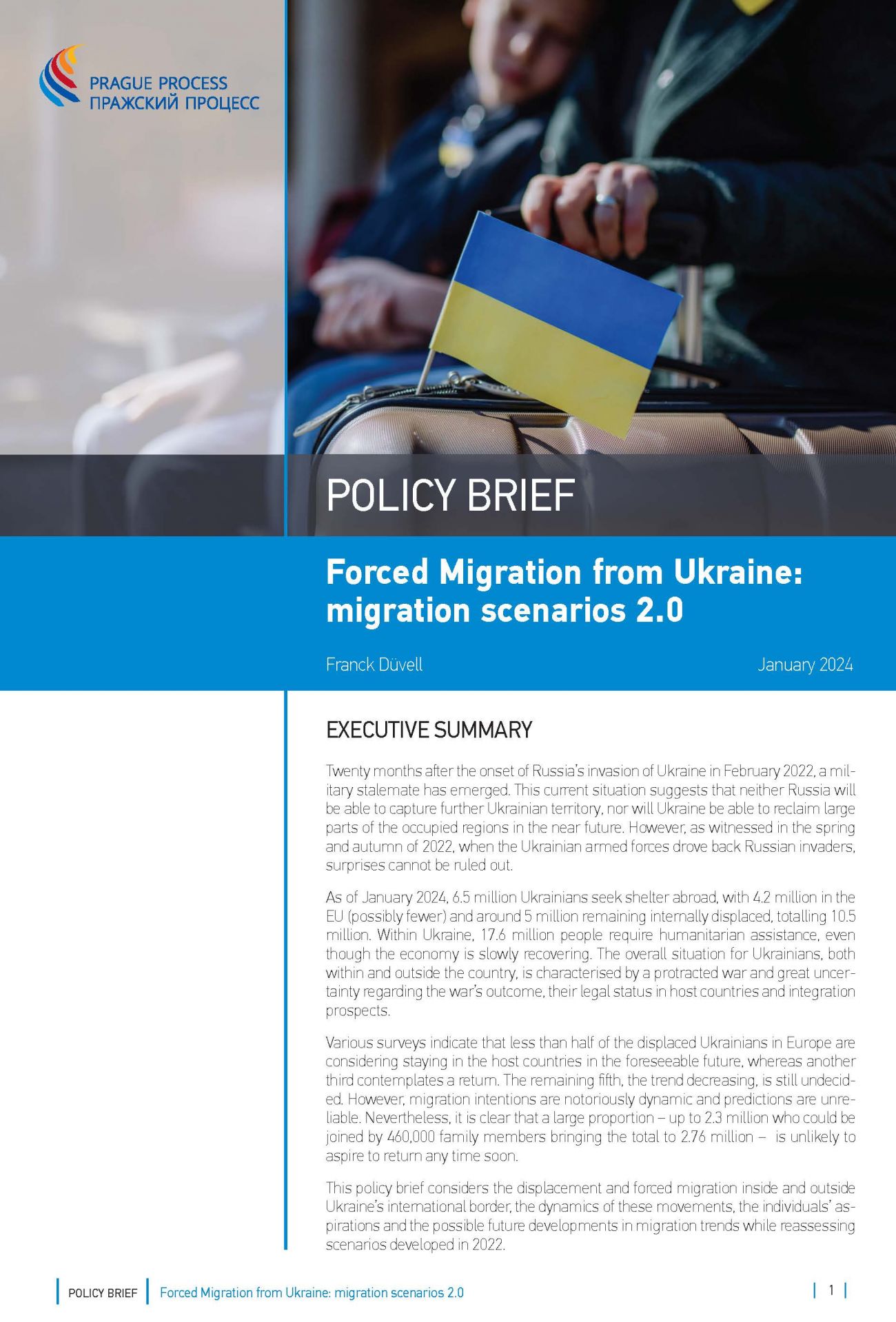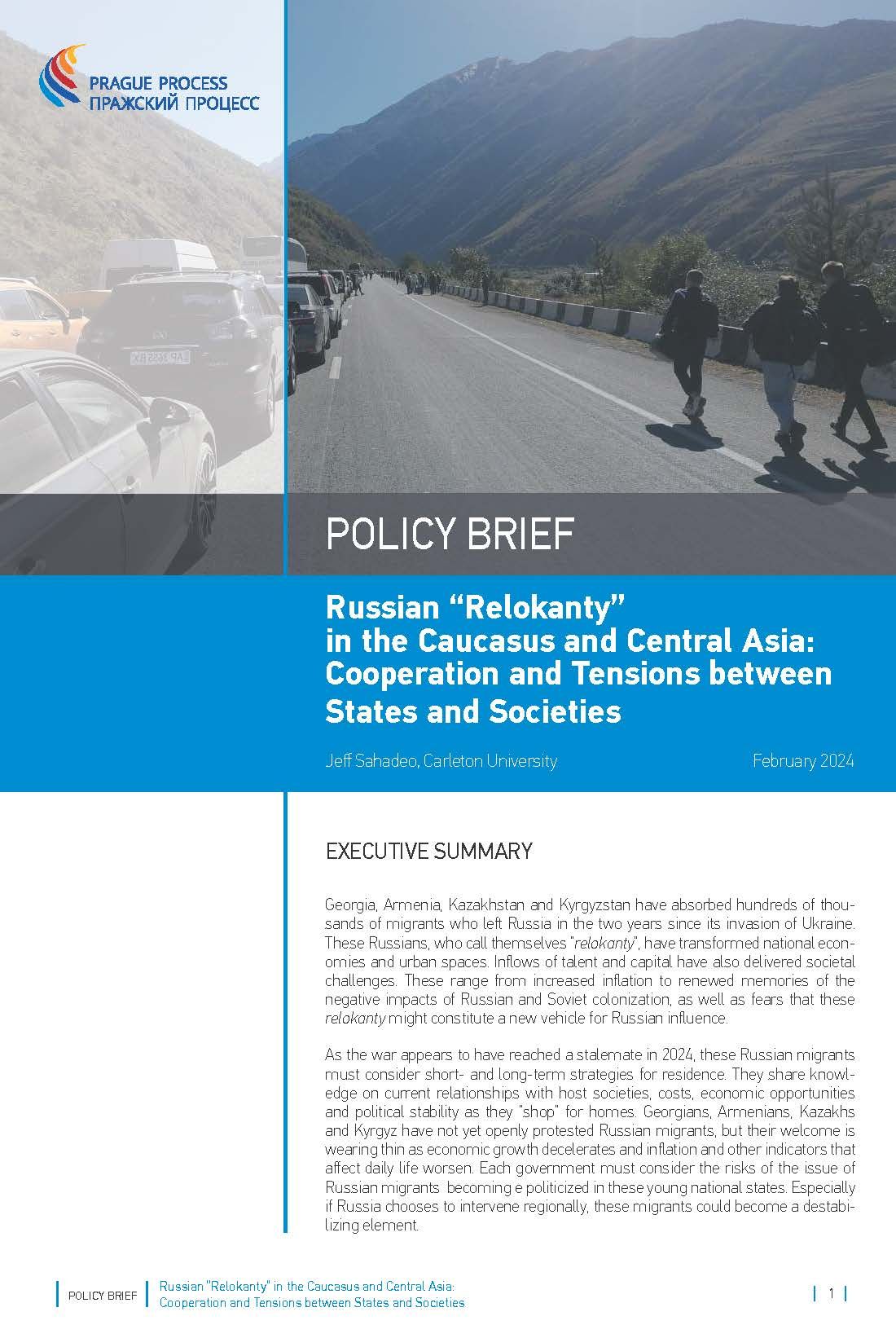New displacement in 2022 pushed the number of people forcibly displaced globally to more than 108 million – more than the populations of Italy and Spain combined. Many forced migrants find themselves in ‘protracted displacement’ situations, where they experience long-term vulnerability, dependency, and legal insecurity, lacking or denied opportunities to rebuild their lives. The EU-funded Transnational Figurations of Displacement (TRAFIG) research project investigated why people fall into protracted displacement situations and what coping strategies they use, with a focus on networks and mobility. Over the course of three years, the TRAFIG team engaged with more than 3,100 people, including displaced persons, policymakers, and practitioners in 11 countries across East Africa, Europe, and the Middle East. This included a survey of 1,900 displaced persons: Congolese persons displaced within the DRC and people who moved from their countries of origin to Ethiopia, Greece, Italy, Jordan, and Pakistan.
TRAFIG research findings underscored the importance of networks for displaced persons looking to secure a sustainable future and for policymakers and practitioners looking to support them, including when it comes to their integration. This paper highlights the role of local networking in settling in and shares how humanitarian, development, and integration actors can take these findings on board in the search for more sustainable solutions to global displacement.



